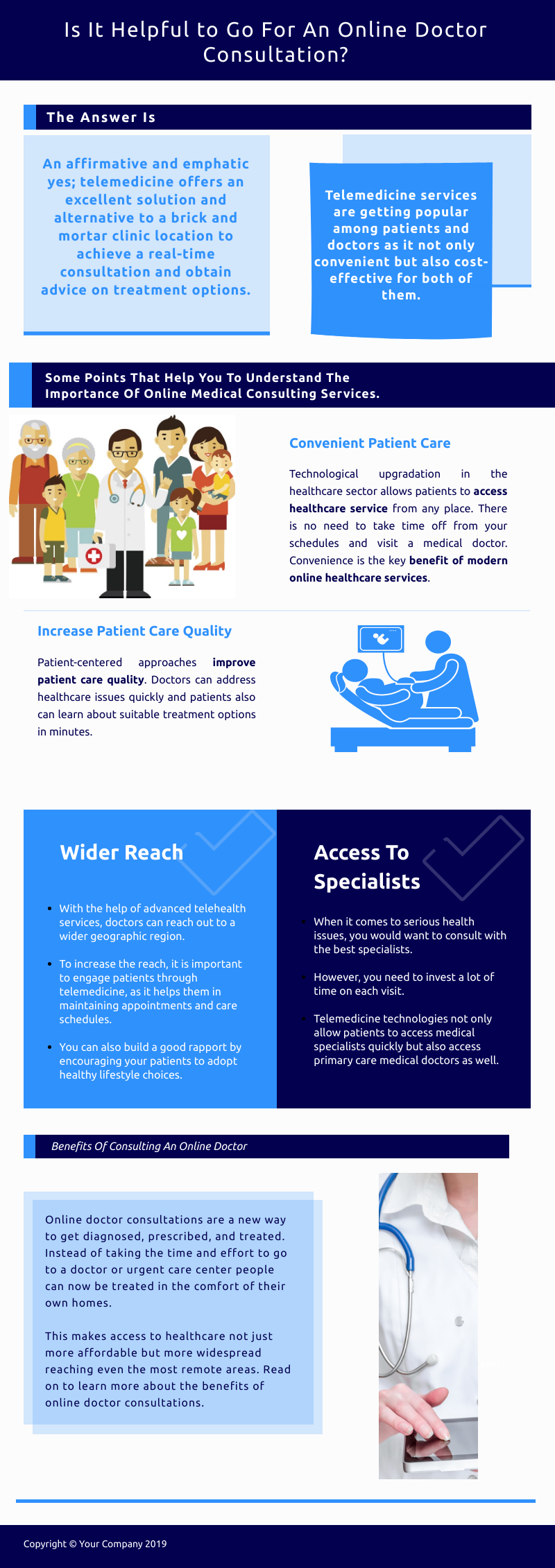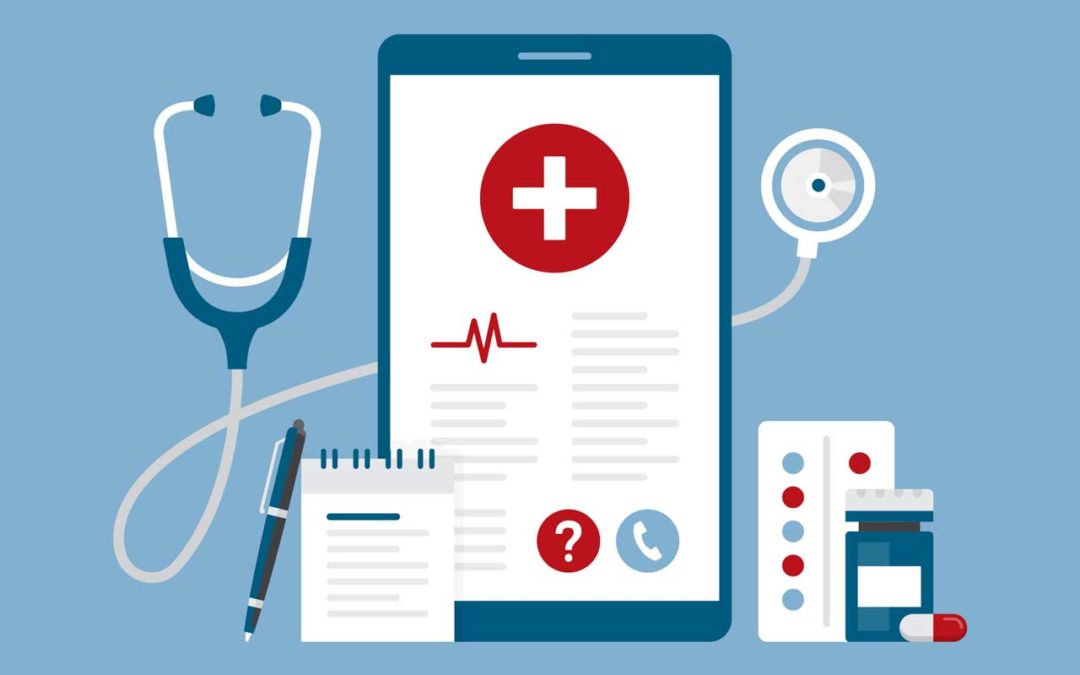Telemedicine is an increasingly widespread method of communication between Doctors and patients. How does telemedicine work and how do we apply it to us? How close are we to telehealth and high-tech healthcare? Know all this information in this article.
What are Telehealth and Telemedicine?
Telehealth is an umbrella term for all healthcare services provided through information and communication technology.
With the advent of the digital age, healthcare and healthcare without technology are no longer imagined. Doctors and other healthcare staff communicate and operate daily with information bases and computer solutions that help deliver fast and quality healthcare.
Apart from telehealth, the term telemedicine is also extremely important. It defines the use of modern information technology to provide healthcare to patients at a distance. This includes everything from medical consultations and diagnostics to distance treatment including.
With the help of telemedicine, our doctors can contact our patients and consult with us about their health status, prescriptions, results, or chronic illness without having to speak to a doctor in person.
Namely, the doctor can receive all the necessary documentation online and offer us medical advice without having to report to him personally. Chronic patients who monitor their health with the help of different devices and measurements can automatically transmit the data to the ambulance, wherein the case of negative changes the doctor activates and contacts the patient.
Not only is telemedicine limited to the doctor-patient relationship, but it also includes distance communication between different doctors and healthcare staff. Being able to consult professionals before making important decisions is key to increase treatment success. Telemedicine also exchanges knowledge and education of health care staff, which contributes to the improved functioning of the entire healthcare system.

Advantages and disadvantages of telehealth and telemedicine
Telemedicine brings many benefits and improvements to healthcare. In addition to the speed, availability, and overall practicality of telemedicine in the digital age, we can list the benefits of:
- the possibility of comprehensive patient care, regardless of location,
- availability of patient data for long-term professional consultations,
- a clear overview of your data with secure online access,
- additional storage of medical records in case of loss of their physical form,
- the speed and efficiency of health care and the reduction of waiting time.
Unfortunately, all these advantages can be disadvantages. As already pointed out by the Information Commissioner of the Republic, the secure exchange of patients’ data between healthcare institutions and the storage of personal data within individual institutions can be very dangerous and problematic.
The digital age is a great opportunity to develop and improve existing models of healthcare, but it can also open up a large number of problematic topics, such as access, distribution, and use of personal data, as well as the dangers of invading inadequately secured databases.
It should also be borne in mind that the majority of health care is targeted at the elderly, as it requires the largest number of treatments. Such a population is not necessarily technologically literate, meaning that most technological solutions are inaccessible to them. Population education is therefore crucial if national projects are to be successful in practice. With regular use and knowledge of telemedicine, this can be truly successful.
How far are we from truly technologically advanced healthcare?
Both the WHO International Health Organization and other international institutions regularly monitor and promote technological developments in health care, as it ensures greater access to health care and its improved quality.
Different countries of the world are facing different problems, so telemedicine is evolving in different ways. Some focus on physician accessibility and health care in remote and inaccessible places, while others develop methods and technology that help consult doctors around the world.






